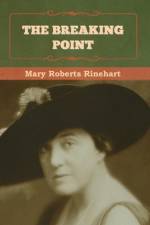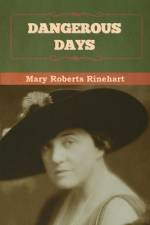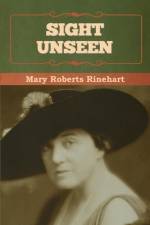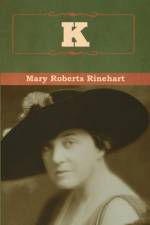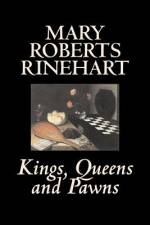av Mary Roberts Rinehart
421
Mary Roberts Rinehart (August 12, 1876 - September 22, 1958) was an American writer, often called the American Agatha Christie, although her first mystery novel was published 14 years before Christie's first novel in 1920.Rinehart is considered the source of the phrase "The butler did it" from her novel The Door (1930), although the novel does not use the exact phrase. Rinehart is also considered to have invented the "Had-I-But-Known" school of mystery writing, with the publication of The Circular Staircase (1908). (wikipedia.org)Mary Roberts graduated from the Pittsburgh Training School for Nurses in 1896. That same year she married physician Stanley M. Rinehart. She and her husband started a family, and she took up writing in 1903 as a result of difficulties created by financial losses. Her first story appeared in Munsey's Magazine in 1903. The Circular Staircase (1908), her first book and first mystery, was an immediate success, and the following year The Man in Lower Ten, which had been serialized earlier, reinforced her popular success. Thereafter she wrote steadily, averaging about a book a year. A long series of comic tales about the redoubtable "Tish" (Letitia Carberry) appeared as serials in the Saturday Evening Post over a number of years and as a series of novels beginning with The Amazing Adventures of Letitia Carberry (1911).Rinehart served as a war correspondent during World War I and later described her experiences in several books, notably Kings, Queens and Pawns (1915). She produced as well a number of romances and nine plays. Most of the plays were written in collaboration with Avery Hopwood; her greatest successes were Seven Days, produced in New York in 1909, and The Bat, derived from The Circular Staircase and produced in 1920. She remained best known, however, as a writer of mysteries, and the growing popularity of that genre after World War II led to frequent republication of her works. Her most memorable tales combined murder, love, ingenuity, and humour in a style that was distinctly her own. Her autobiography, My Story, appeared in 1931 and was revised in 1948. At Rinehart's death her books had sold more than 10 million copies. (britannica.com)













